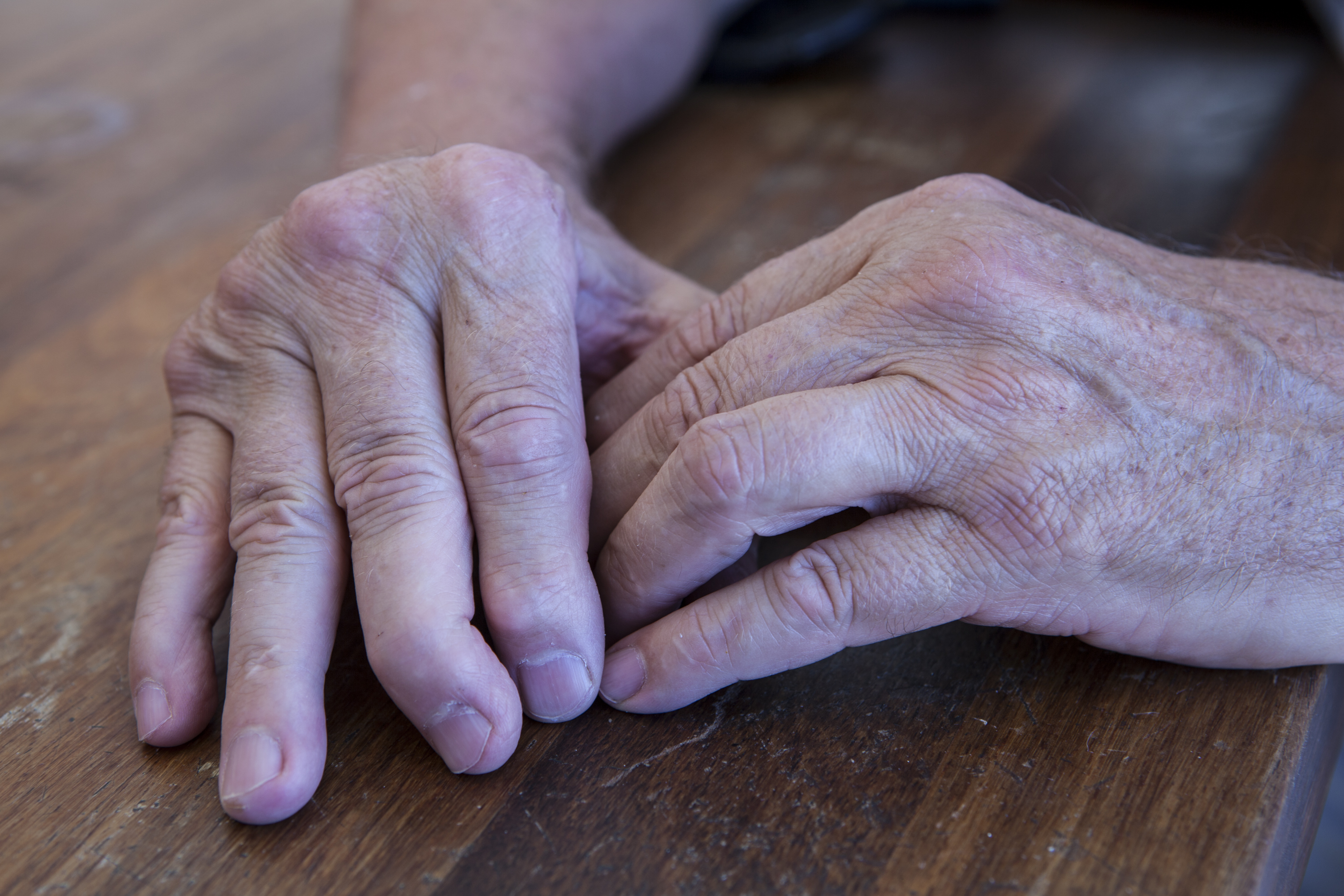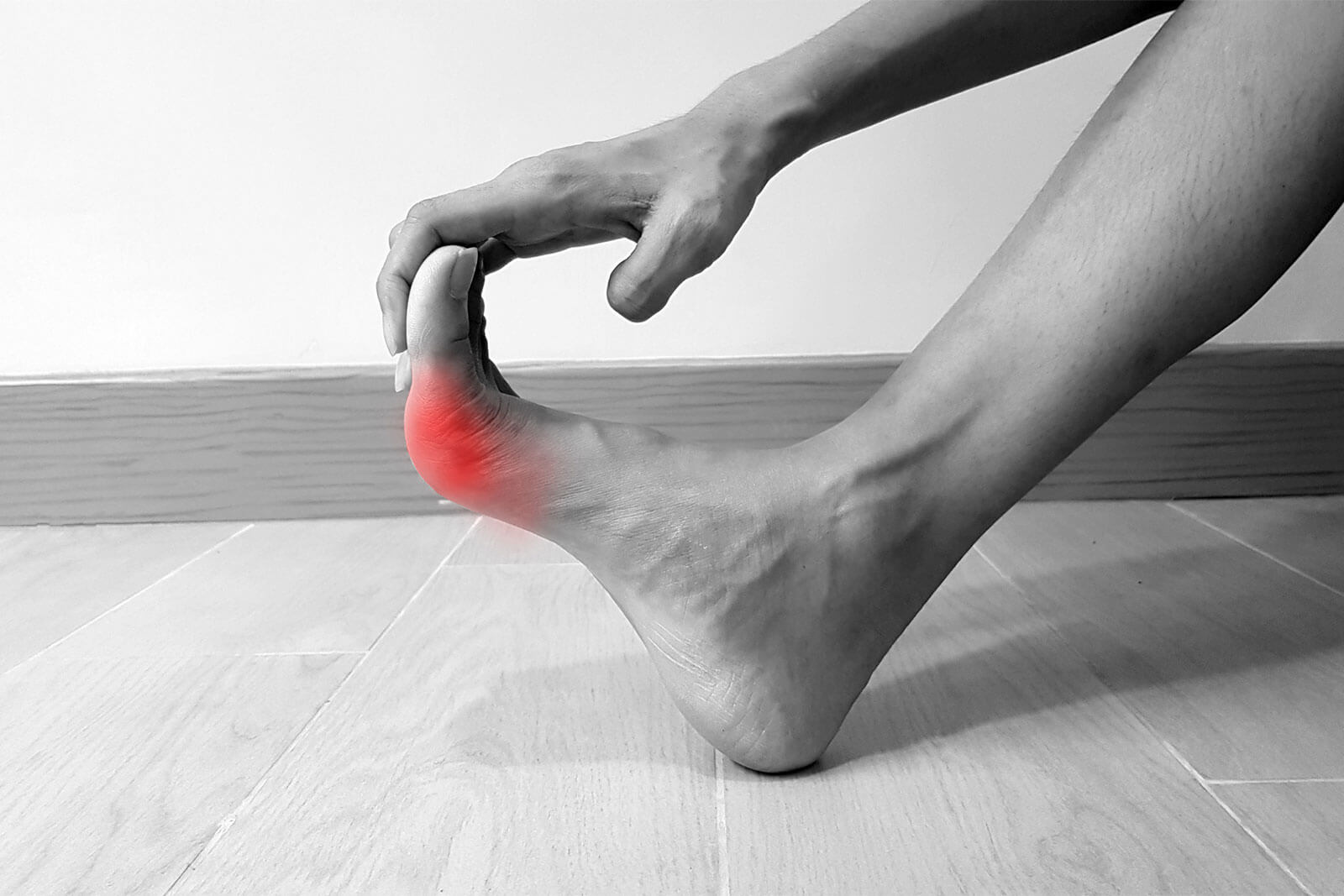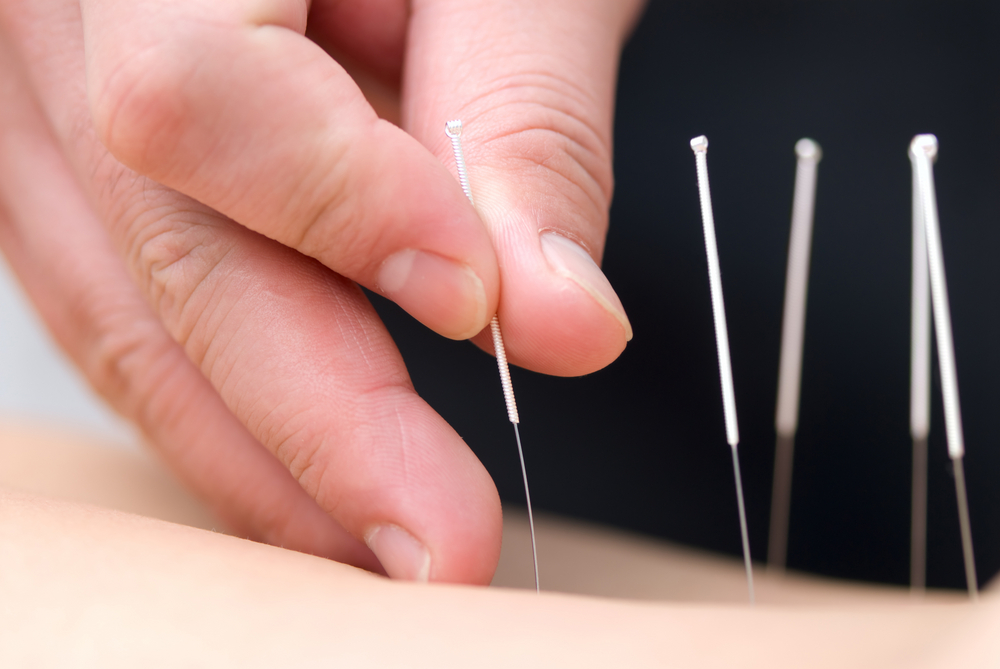1. Overview of Psoriatic Arthritis
Psoriatic arthritis is an immune-mediated condition in which the body’s defense system mistakenly targets its own skin and joints. This results in scaly skin patches and swollen, painful joints. Although the exact cause is not fully understood, experts believe that a combination of genetic predisposition and environmental triggers plays a key role in its onset. For more detailed medical insights, visit psoriatic arthritis.
2. Genetic Factors: Genes and Family History
Family Inheritance
Research indicates that around 40% of those diagnosed have a family history of psoriasis or related arthritic conditions, although approximately 60% of patients do not report any family history of the disease.
The Role of HLA Genes
A group of genes known as HLA helps the immune system distinguish between the body’s own proteins and foreign ones. Variations in these genes may lead to confusion within the immune system, causing it to attack healthy tissues. Over two dozen other gene changes have also been identified that increase the risk of developing both psoriasis and psoriatic arthritis.
Key Point: Genetic factors set the stage for the disease, but external triggers are usually needed to initiate the autoimmune response.
3. External Triggers: Infections and Injuries
Infections
Infections are significant both as risk factors and as triggers for flare-ups. For instance, an episode of strep throat or other upper respiratory infections can exacerbate symptoms. Additionally, individuals living with HIV show a higher prevalence of psoriatic arthritis.
Injuries and the Koebner Phenomenon
Skin injuries, such as cuts or abrasions, can induce a localized outbreak of psoriasis plaques—a process known as the Koebner phenomenon. The natural inflammatory response to injury may inadvertently trigger both skin and joint symptoms.
Severity of Psoriasis
While most patients with psoriasis do not develop joint issues, about 30% eventually experience psoriatic arthritis. In some cases, joint symptoms may even precede visible skin lesions.
4. Medication-Related Factors
Certain medications prescribed for other conditions can aggravate psoriatic arthritis, including:
- Medications like lithium used for bipolar disorder
- Anti-malarial drugs such as hydroxychloroquine (Plaquenil) and chloroquine (Quinacrine)
- Blood pressure medication like propranolol
- Heart medication quinidine
- Pain reliever indomethacin (Tivorbex)
5. Controllable Risk Factors and Triggers
Even after diagnosis, patients have the opportunity to manage and mitigate further risks and flare-ups:
Skin Protection
Excessive sun exposure or physical skin injuries can trigger inflammation and worsen symptoms. Daily use of sunscreen with an SPF of 30 or higher is recommended to protect the skin.
Stress Management
Chronic stress contributes to systemic inflammation. Regular exercise, meditation, or consultation with a mental health professional can help reduce stress levels.
Lifestyle Adjustments
- Alcohol: Excessive drinking may worsen joint inflammation.
- Smoking: Smoking not only increases the risk of psoriasis but can also reduce the effectiveness of treatment.
- Diet: Certain foods may trigger flare-ups. An elimination diet can help identify and avoid problematic foods. Increasing the intake of anti-inflammatory foods, such as those rich in fish oil, may also be beneficial.
Weight Management
Maintaining a healthy weight is crucial, as obesity can elevate inflammation levels, potentially aggravating the condition.
Symptom Diary
Keeping a detailed diary of flare-ups, dietary habits, stress levels, and other potential triggers can be invaluable. Sharing this information with healthcare providers can assist in fine-tuning treatment plans.
6. Conclusion
While the exact causes of psoriatic arthritis remain unclear, understanding the interplay between genetic predisposition and external triggers offers patients a pathway to manage their condition. Through lifestyle adjustments, proper medication management, and vigilant monitoring of triggers, individuals can significantly improve their quality of life. Remember, the onset of psoriatic arthritis is not a personal failing; early recognition and proactive management are key to effective control.













